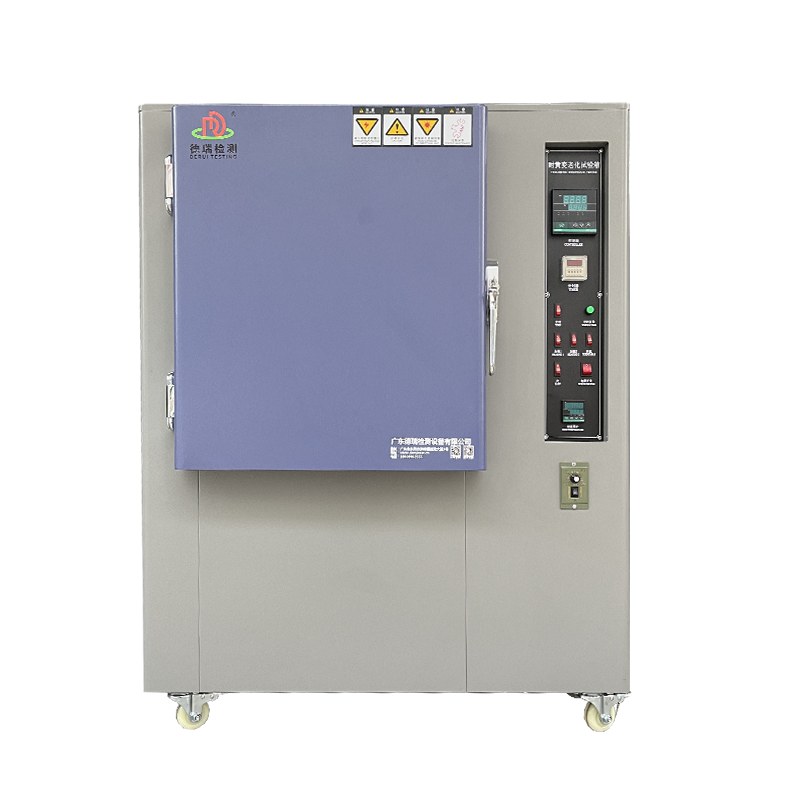
Automotive interior yellowing resistance testing equipment
Product Details:
Automotive interior yellowing resistance testing equipment Price And Quantity
- 158005.0 INR/Unit
- 1 Unit
Automotive interior yellowing resistance testing equipment Trade Information
- Cash in Advance (CID)
- 100 Unit Per Month
- 7 Days
- All India
Product Description
Item Specification
1. Internal chamber size(W*D*H) 50*50*60cm
2. External chamber size(W*D*H) 114*74*130cm
3. Temperature Range Ambient Temperature~200
4. Control Mode Automatic Calculation Controller
5. Temperature display accuracy 0.1
6. Control accuracy 3
7. Distribution accurac 1 (ambient ~ 100)
8. Time memory 0-999 hours, Power Failure Memory Type, with Buzzer
9. Sample holder rotation speed Diameter 45cm, 102 roll/min
10. UV light source 300W UV lamp
11. Heating method Hot air circulation
12. Chamber material Internal: Stainless Steel SUS304;
13. External: Steel plate with baking varnish
The Automotive Interior Yellowing Resistance Test Equipment is a device specifically designed to evaluate the yellowing resistance (i.e., the ability to prevent the material from yellowing) of automotive interior materials (e.g., seat fabrics, dashboards, steering wheels, door interior panels, etc.) under the effects of environmental factors such as light, high temperature, and humidity. As consumers' demands for the appearance and durability of automotive interiors continue to rise, it has become critical to ensure that interior materials maintain good color stability over a long period of time. Here are more details about the automotive interior yellowing resistance test equipment:
1. Functions and Uses
- Simulate light environment:
Simulate natural light conditions through high-intensity light sources (e.g. xenon lamps, UV lamps, etc.) to evaluate the aging performance and color stability of automotive interior materials under light exposure.
- Simulate high temperature environment:
Through the heating system, simulate the high temperature environment that automotive interior materials may encounter in actual use, such as direct sunlight, engine heat and so on.
- Simulate humidity environment:
Through the humidity control system, the environment under different humidity conditions is simulated to evaluate the yellowing resistance of the material under humid environment.
- Yellowing resistance test:
Evaluate the yellowing resistance of automotive interior materials under the effect of light, high temperature, humidity and other comprehensive environmental factors, to ensure that they will not undergo significant color changes during long-term use.
- Comprehensive environment simulation:
Different light intensity, temperature and humidity conditions can be simulated for more comprehensive material performance testing.
2. Main technical parameters
- Type of light source:
Usually use xenon lamps or UV lamps, xenon lamps can more realistically simulate the natural spectrum, UV lamps are mainly used for accelerated aging test.
- Light intensity:
Adjustable, usually between 500W/m and 1200W/m to simulate different light conditions.
- Temperature range:
Typically between room temperature and 100C, adjustable according to test standards and requirements.
- Temperature control accuracy:
Usually controlled within 1C to ensure the accuracy and stability of the test environment.
- Humidity range:
Usually between 10%RH and 98%RH, adjustable according to test standards and requirements.
- Humidity control precision:
Usually controlled within 5%RH, to ensure the accuracy and stability of humidity.
- Testing time:
Programmable control, up to thousands of hours, the specific time is set according to test standards and customer requirements.
- Internal Dimensions:
Depending on the model, the size can range from tens of liters to several cubic meters to accommodate different sizes of test samples.
- Sample holders:
Equipped with rotatable or adjustable sample holders to ensure that the samples receive uniform light and heat radiation.
Sample Preparation:
Prepare samples that meet the test requirements and ensure that their size and shape meet the equipment requirements.
3.
Setting parameters:
Set parameters such as light intensity, temperature, humidity, test time, etc. according to test standards or customer requirements.
4.
Start the test:
Place the sample in the yellowing test chamber, start the equipment and start the yellowing test.
5.
Continuous monitoring:
During the test, monitor the performance and status of the sample periodically and record the relevant data.
6.
End of test:
At the end of the test, the samples are removed, examined for appearance and color, and color changes are measured.

Price:
- 50
- 100
- 200
- 250
- 500
- 1000+



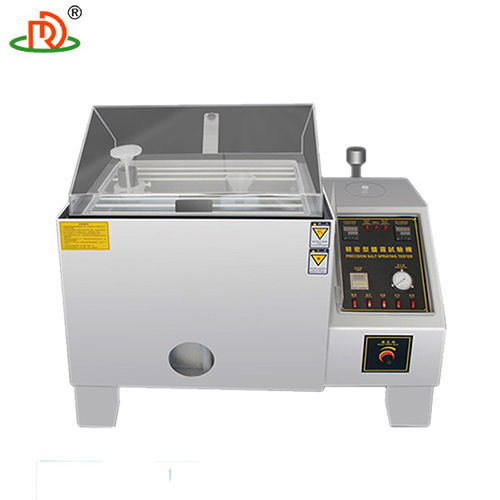
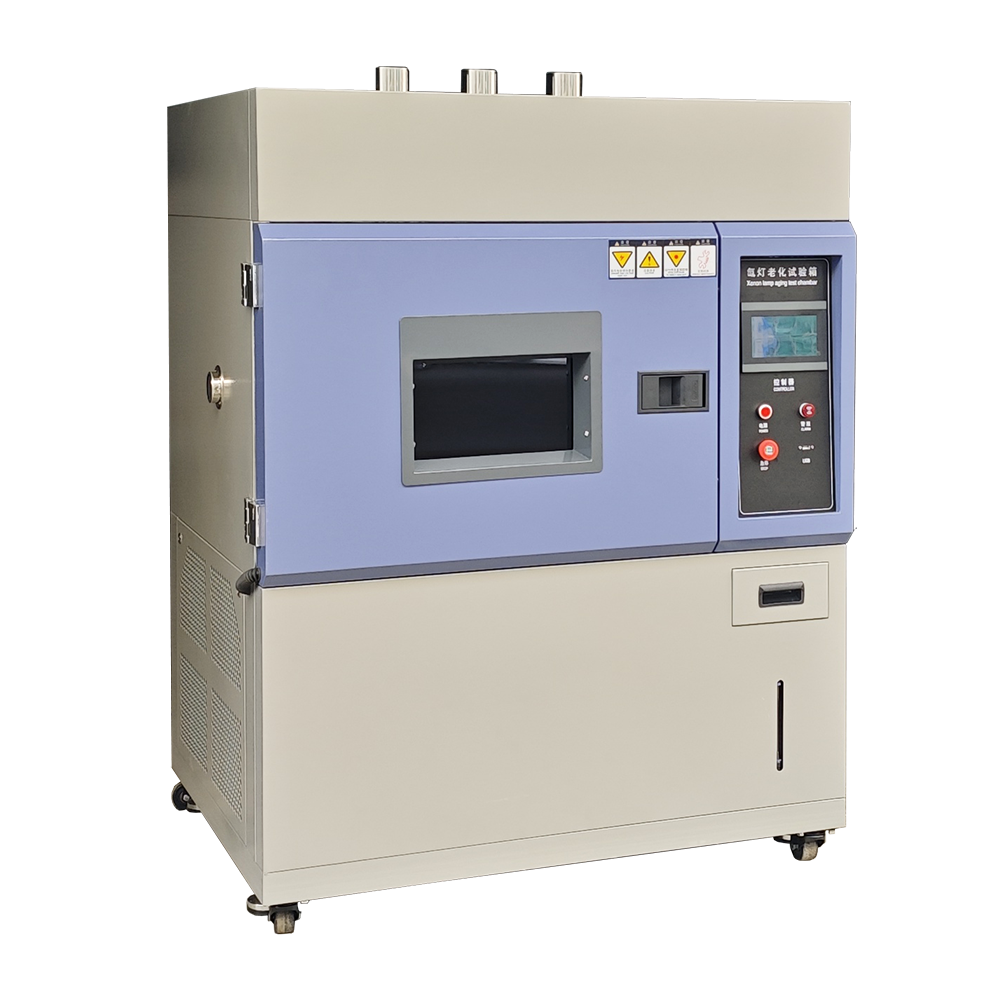
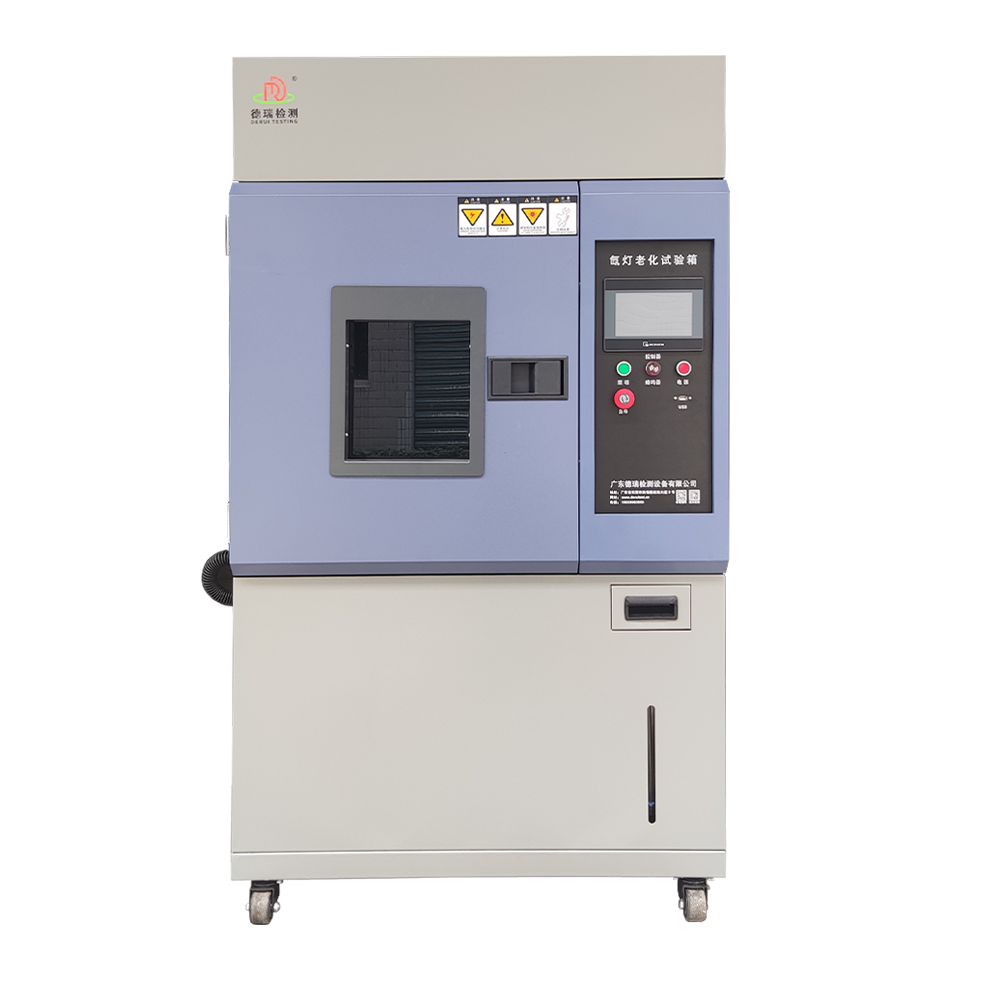
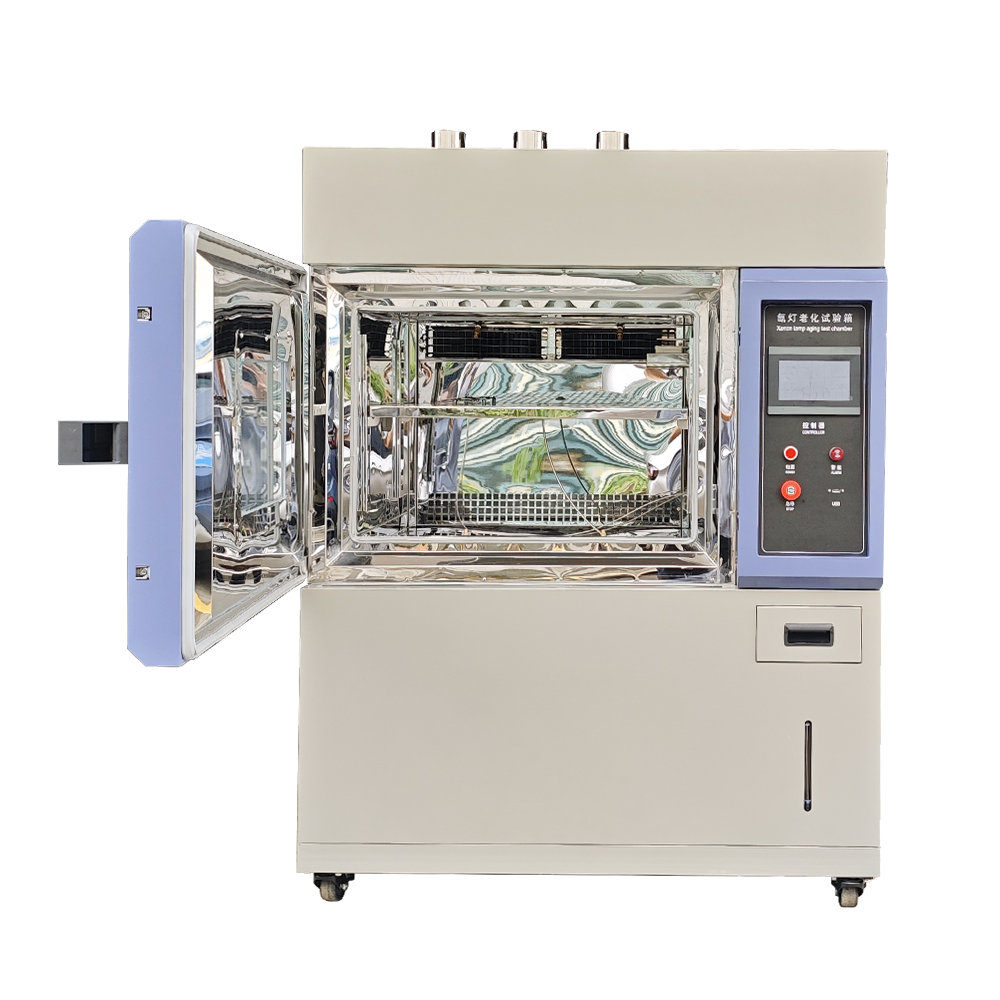

 English
English Spanish
Spanish French
French German
German Italian
Italian Chinese (Simplified)
Chinese (Simplified) Japanese
Japanese Korean
Korean Arabic
Arabic Portuguese
Portuguese